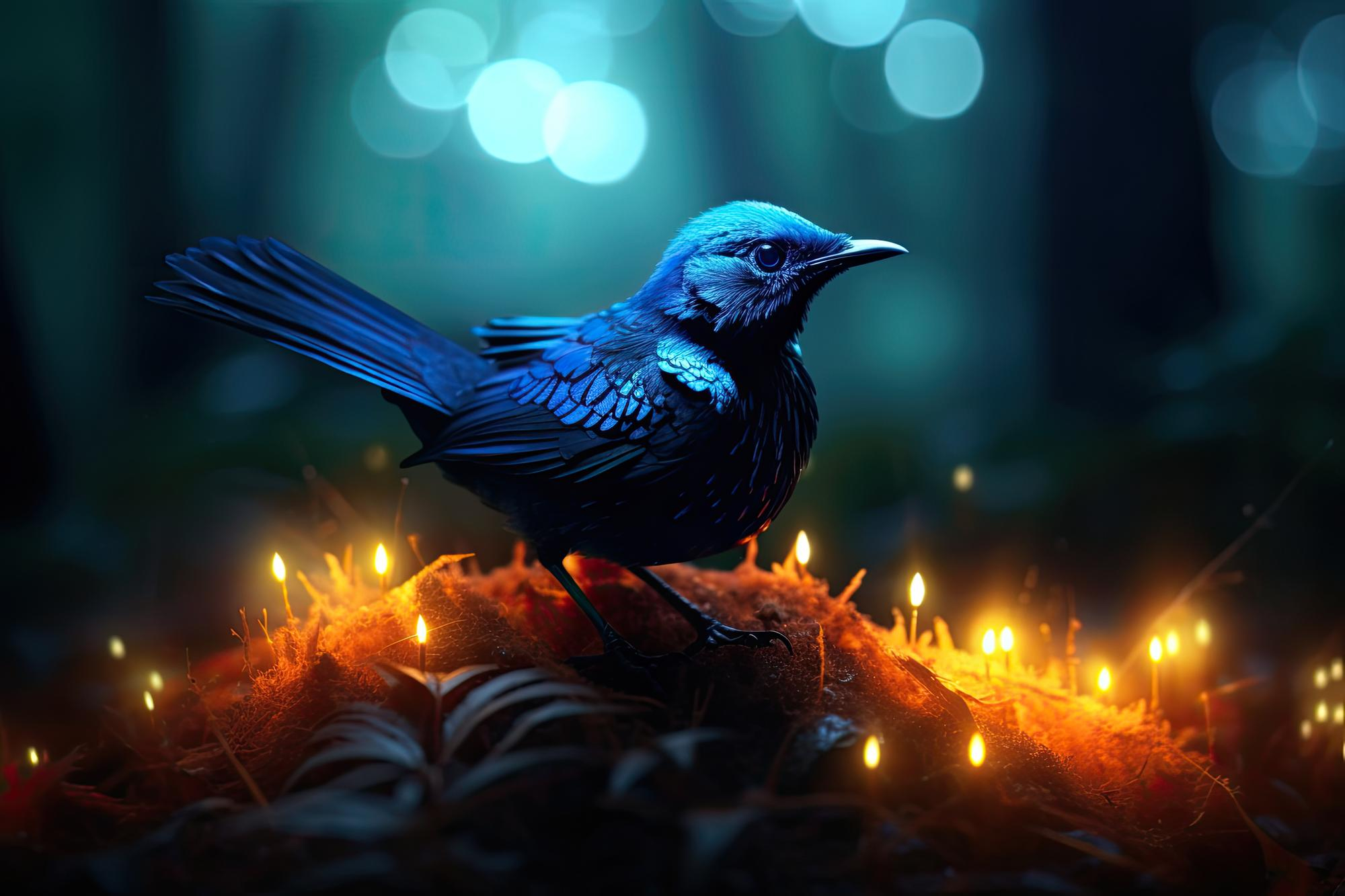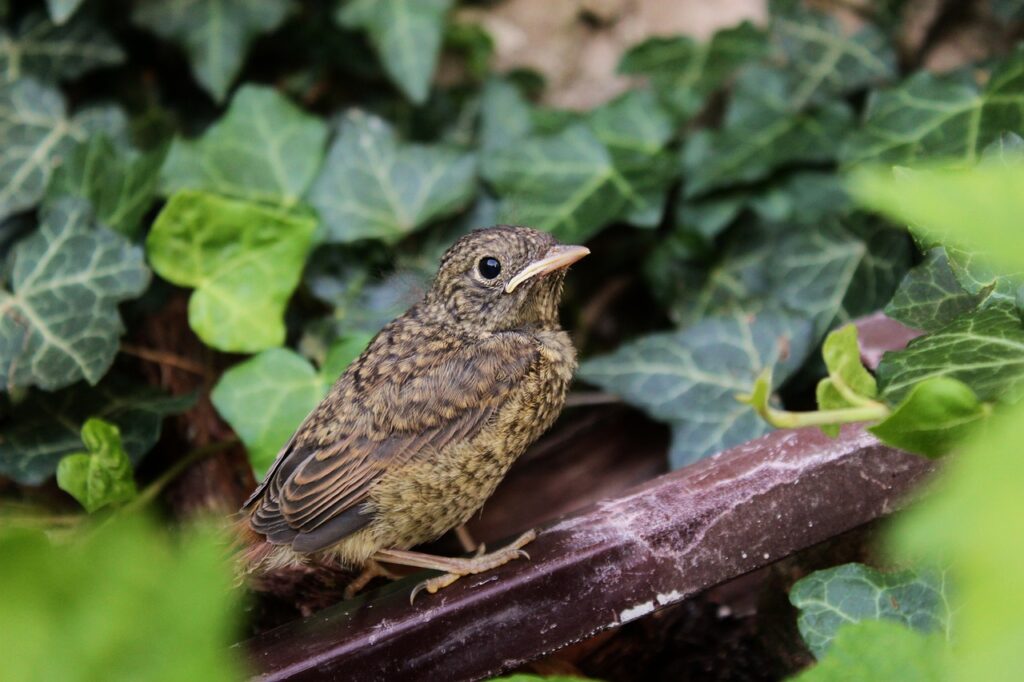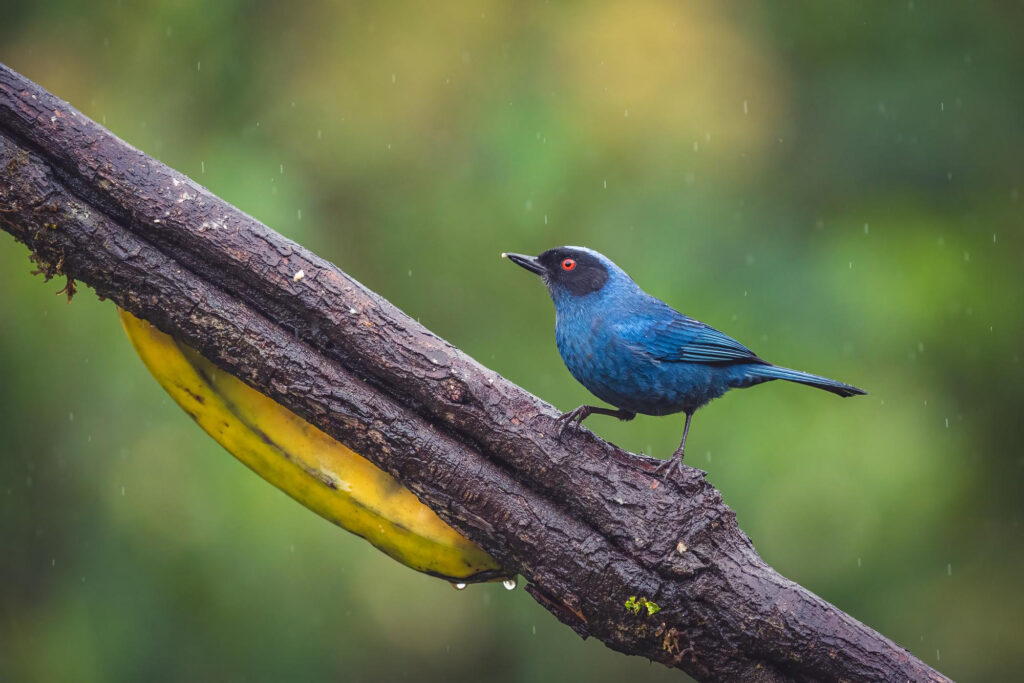John Keats’s “Ode to a Nightingale” is one of the most profound and sensuously rich poems of the Romantic era, composed during a period of intense emotional and physical suffering for the poet. Written in 1819, a year before his premature death, the ode captures Keats’s yearning to escape the transience of human life through the eternal beauty of art, symbolized by the nightingale’s song. As part of his celebrated 1819 odes, the poem exemplifies his signature poetic ideals—lush imagery, deep emotional resonance, and the philosophical acceptance of uncertainty, often referred to as his “negative capability.” With its fluid movement between ecstasy and despair, life and death, reality and imagination, Ode to a Nightingale stands as a poignant meditation on mortality, the limits of human experience, and the redemptive power of art.
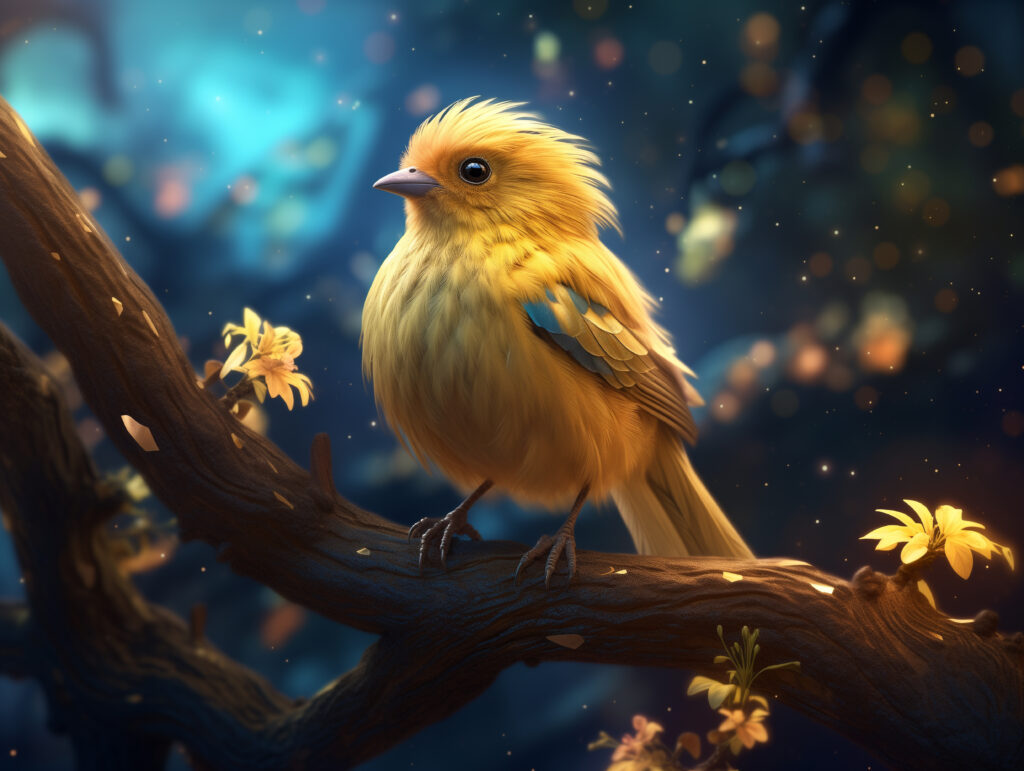
Stanza 1
My heart aches, and a drowsy numbness pains
My sense, as though of hemlock I had drunk,
Or emptied some dull opiate to the drains
- The speaker opens with a declaration of emotional pain and physical lethargy, as if poisoned or drugged.
- “Hemlock” is a poisonous plant (think of Socrates); “opiate” refers to sedatives like laudanum. He is not literally drugged, but overcome by a drowsy sadness.
One minute past, and Lethe-wards had sunk:
- “Lethe” is the river of forgetfulness in Greek mythology. The speaker feels like he is sinking into oblivion or forgetfulness, again linking to death or escape.
‘Tis not through envy of thy happy lot,
But being too happy in thine happiness,—
- He clarifies that he is not jealous of the nightingale, but so overwhelmed with admiration for the bird’s happiness that it causes him pain.
That thou, light-winged Dryad of the trees,
In some melodious plot
Of beechen green, and shadows numberless,
- The nightingale is described as a “Dryad”, a wood nymph, suggesting its divine and eternal quality.
- “Melodious plot” = a beautiful glade. “Beechen green” refers to beech trees. The forest is idyllic and mythical.
Singest of summer in full-throated ease.
- The bird sings with effortless joy, a freedom the speaker deeply desires.
- The final line celebrates natural, untroubled creativity—a theme throughout the ode.
Stanza 2
O, for a draught of vintage! that hath been
Cool’d a long age in the deep-delvèd earth,
- The speaker wishes for wine, aged and stored underground (evoking the richness of life and memory).
Tasting of Flora and the country green,
- The wine is infused with natural beauty, named after Flora, the Roman goddess of flowers.
Dance, and Provençal song, and sunburnt mirth!
- He longs for the joys of rustic southern France (Provence)—folk songs, dancing, and sun-drenched happiness.
O for a beaker full of the warm South,
Full of the true, the blushful Hippocrene,
- “Warm South” = warmth of the Mediterranean.
- “Hippocrene” is the mythical fountain of poetic inspiration on Mount Helicon. Hippocrene was a fountain on the Mt. Helicon, the abode of the nine Greek muses, created by the stroke of Pegasus’ hoof. The colour of Hippocrene’s water is pink. In the poem, Keats longs for pink coloured wine.
With beaded bubbles winking at the brim,
And purple-stainèd mouth;
- Rich, sensuous imagery of wine: bubbles, color, taste. The tone is indulgent, almost intoxicated.
That I might drink, and leave the world unseen,
And with thee fade away into the forest dim:
- He wants to escape from the world of suffering and merge into the bird’s eternal world—to be lost in beauty.
Stanza 3
Fade far away, dissolve, and quite forget
What thou among the leaves hast never known,
- The speaker wants to escape human pain, which the nightingale, being a bird, is blissfully ignorant of.
The weariness, the fever, and the fret
Here, where men sit and hear each other groan;
- He lists the suffering of human life—mental and physical fatigue, complaints, and despair.
Where palsy shakes a few, sad, last gray hairs,
Where youth grows pale, and spectre-thin, and dies;
- The aging and dying of both old and young—mortality is everywhere. Keats had witnessed this firsthand.
Where but to think is to be full of sorrow
And leaden-eyed despairs;
- Even consciousness itself brings sadness. The burden of thought and awareness becomes too much.
Where Beauty cannot keep her lustrous eyes,
Or new Love pine at them beyond to-morrow.
- Beauty and love are transient. The most exquisite experiences of life fade too quickly.
Stanza 4
Away! away! for I will fly to thee,
Not charioted by Bacchus and his pards,
- He now rejects literal intoxication (Bacchus = Roman god of wine). He wants to escape differently. Baccus in the Roman mythology was the god of harvest, wine, festivity and theatre. The Greek counterpart of Baccus was Dionysus. The chariot of Bacchus was drawn by leopards. The phrase “Bacchus and his pards” symbolizes wine in the poem. Keats rejects the idea of drinking wine to be transported to the nightingale’s world because wine can annihilate his consciousness but wine cannot make him creative. For the construction of the nightingale’s world he needs poesy or creative imagination.
But on the viewless wings of Poesy,
- He will fly through imagination and poetry, not wine—this is the Romantic ideal.
Though the dull brain perplexes and retards:
- Human logic and thought (“dull brain”) hinder true poetic inspiration.
Already with thee! tender is the night,
And haply the Queen-Moon is on her throne,
- He imagines himself with the nightingale now, under a tender, dreamlike night sky.
Cluster’d around by all her starry Fays;
- The moon is surrounded by “fays” (fairy spirits). The night is magical and otherworldly.
But here there is no light,
Save what from heaven is with the breezes blown
- A moment of near-darkness—he cannot see, only imagine what surrounds him.
Through verdurous glooms and winding mossy ways.
- Richly visual and tactile imagery. He describes lush, shaded woodland with great sensuality.
Stanza 5
I cannot see what flowers are at my feet,
Nor what soft incense hangs upon the boughs,
- He is blind in the darkness, but his other senses awaken—he can smell and feel the air.
But, in embalmèd darkness, guess each sweet
- The air is filled with perfumed darkness—symbolic of imaginative experience.
Wherewith the seasonable month endows
The grass, the thicket, and the fruit-tree wild;
- He imagines the flora of late spring/early summer. Nature is fertile and aromatic.
White hawthorn, and the pastoral eglantine;
Fast fading violets cover’d up in leaves;
- A list of seasonal flowers. “Fast fading” hints at transience again.
And mid-May’s eldest child,
The coming musk-rose, full of dewy wine,
- The musk-rose (a fragrant flower) is compared to wine, again linking nature and intoxication.
The murmurous haunt of flies on summer eves.
- Even insects and buzzing are part of this immersive sensory experience.
Stanza 6
Darkling I listen; and, for many a time
I have been half in love with easeful Death,
- “Darkling” = in the dark. He now listens and reflects.
- He admits he’s often felt drawn to death, imagining it as a peaceful release.
Call’d him soft names in many a musèd rhyme,
To take into the air my quiet breath;
- He has written of death tenderly in poetry, almost inviting it.
Now more than ever seems it rich to die,
To cease upon the midnight with no pain,
- In this rapturous moment, death feels noble and desirable.
While thou art pouring forth thy soul abroad
In such an ecstasy!
- To die while the nightingale sings in ecstasy would be a kind of poetic immortality.
Still wouldst thou sing, and I have ears in vain—
To thy high requiem become a sod.
- The nightingale would continue to sing, but he—now dead—would not hear. A beautiful yet tragic vision of ephemeral life and eternal art.
Stanza 7
Thou wast not born for death, immortal Bird!
- He now mythologizes the nightingale—it is not bound by time or mortality.
No hungry generations tramp thee down;
- Unlike humans, the nightingale’s song is unaffected by time.
The voice I hear this passing night was heard
In ancient days by emperor and clown:
- The bird’s song has been heard by everyone throughout history, from kings to commoners.
Perhaps the self-same song that found a path
Through the sad heart of Ruth, when, sick for home,
- Allusion to the Biblical figure Ruth, a symbol of longing and exile. Ruth in The Book of Ruth was a Moabite woman. After the death of her husband, Mahlon, she lived with her mother-in-law, Naomi. With her, Ruth went to Judah. Boaz fell in love with her and married her. In “Ode to a Nightingale”, Keats imagines that the nightingale’s song comforted Ruth when she worked in the fields of Boaz.
She stood in tears amid the alien corn;
- “Alien corn” = foreign land. The bird’s song soothes sorrow across all ages and cultures.
The same that oft-times hath
Charm’d magic casements, opening on the foam
- More myth and magic—the song has reached enchanted windows looking out on ocean waves.
Of perilous seas, in faery lands forlorn.
- The bird’s song exists in the imaginative realm, beyond physical space.
Stanza 8
Forlorn! the very word is like a bell
To toll me back from thee to my sole self!
- The word “forlorn” breaks the spell. Like a funeral bell, it returns him to loneliness and reality.
Adieu! the fancy cannot cheat so well
As she is famed to do, deceiving elf.
- He bids farewell to imagination (“fancy”), realizing it cannot fully escape reality.
Adieu! adieu! thy plaintive anthem fades
- The bird’s song begins to fade, signaling the end of the speaker’s vision.
Past the near meadows, over the still stream,
Up the hill-side; and now ’tis buried deep
- The nightingale flies away into the distance, symbolizing the departure of beauty, dream, and inspiration.
In the next valley-glades:
- The bird is gone, now singing far from his reach.
Was it a vision, or a waking dream?
Fled is that music:—Do I wake or sleep?
- The poem ends with uncertainty. Was the experience real or imagined?
- This unresolved ambiguity is pure negative capability—Keats embraces mystery over certainty.
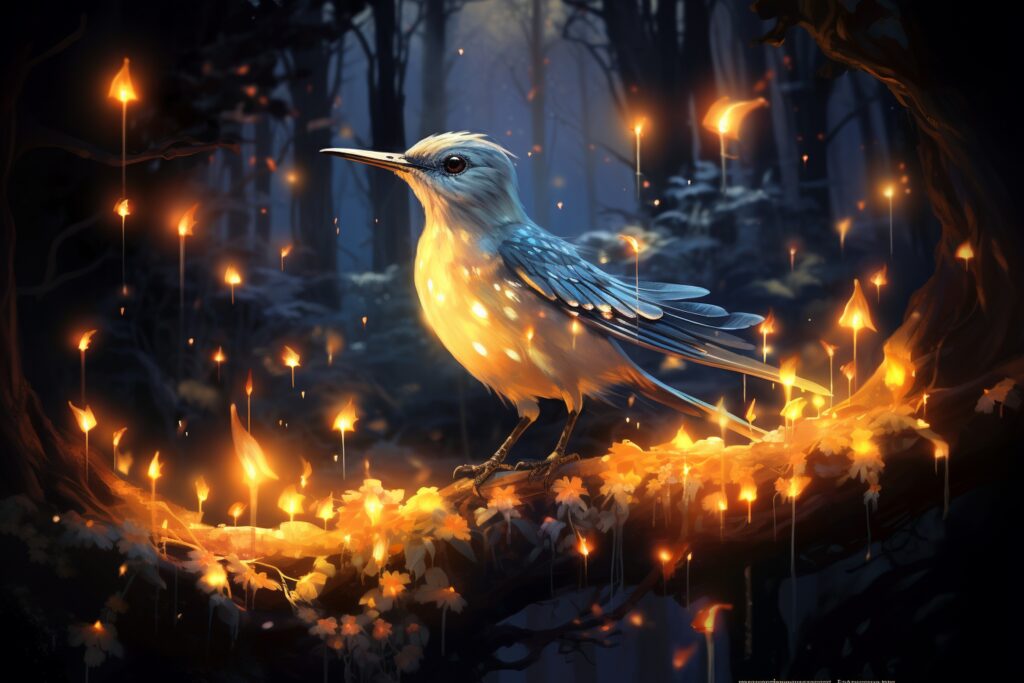
Final Notes:
- “Ode to a Nightingale” is a meditation on mortality, imagination, art, and the limits of escapism.
- The nightingale becomes a symbol of poetic beauty and timeless song, contrasting with the frailty of human life.
- The speaker’s movement—from pain to ecstasy to sorrow—follows the Romantic arc of visionary experience and return.

